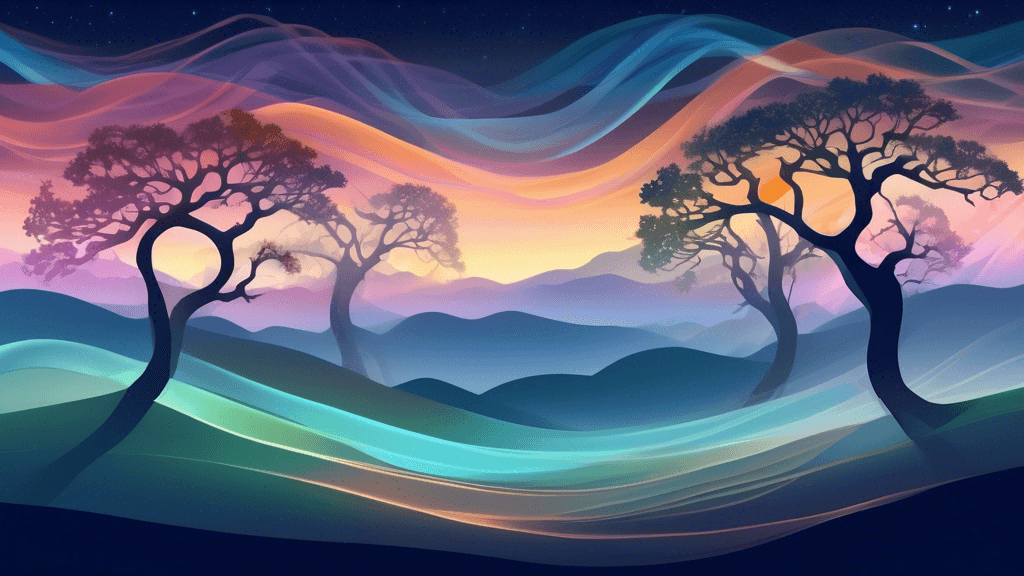
Capturing Movement: The Art of Photographing Wind in Landscapes
Share
Introduction to Photographing Wind in Landscapes
Photography is an art form that captures slices of reality, moments in time that would otherwise fade from memory. When it comes to landscape photography, one of the most challenging yet awe-inspiring elements to capture is the wind. This invisible force can transform a mundane scene into a dynamic explosion of motion and emotion. Oftentimes, photographers strive to 'freeze' scenes, but how does one capture the essence of something as elusive and fluid as the wind?
The Challenge and Charm of Wind Photography
Wind isn't something you can see directly, but its presence and power are manifested through its interaction with the environment. From bending trees and swirling leaves to creating waves on a once still lake, wind brings movement to the stillness. How can photographers effectively convey this movement in a still image? This is the art of capturing wind in landscape photography: making the invisible, visible.
Understanding Wind Dynamics
Before setting out to photograph the wind, it's crucial to understand the patterns and behaviors of wind in your desired location. Observing how the wind interacts with natural elements can provide invaluable insights into capturing its essence. For instance, knowing the direction and strength can help in anticipating how scenes might unfold, thus preparing you to capture the most compelling images.
Technical Techniques for Capturing Wind
Translating the motion of wind into a photograph requires a blend of technical skills and creative vision. Here are some techniques that can help:
- Slow Shutter Speed: Using a slower shutter speed allows the motion to blur, which can create a sense of movement. This technique can make static images feel like they are in motion.
- High Shutter Speed: Conversely, a quick shutter speed can freeze a fast-moving subject, such as leaves fluttering in the breeze or waves crashing onto a shore, capturing a split-second of wind in action.
- Time-lapse Photography: This technique involves taking a series of photos at set intervals to show the passage of time and the movement of wind over a landscape. It is particularly effective in showcasing how the wind shapes clouds and shadows over an extended period.
Each of these techniques offers a different perspective on wind movement and can be used based on the desired effect and the scene being captured.
Choosing the Right Equipment
Effective wind photography also demands the right gear. A sturdy tripod is essential to prevent unwanted camera movement, especially in windy conditions. Additionally, using lens filters such as Neutral Density filters can help manage light levels and achieve desired shutter speeds without overexposing the shot.
Composition and Perspective in Wind Photography
Composition plays a critical role in how the wind’s impact is perceived in a photograph. Positioning elements that indicate movement, such as branches or grass, can guide the viewer’s eye and emphasize the wind’s direction and strength. Moreover, the choice of perspective can dramatically affect the image’s impact. A low-angle shot of grass swaying in the breeze, for example, might convey a sense of being swept along by the wind.
Inspiring Examples
Many distinguished photographers have adeptly captured the wind. Ansel Adams, renowned for his black and white landscape photography, often used the motion of clouds to convey the force of wind in his images. His use of contrast and precise timing brought the wind's ephemeral qualities to life, making the landscapes breathe through still images.
Bringing It All Together
Photography’s power lies in its ability to capture and convey the unseen. Wind, though invisible, can be expressed through its interaction with the environment. By understanding wind dynamics, mastering the technical aspects of photography, and employing creative composition, photographers can more effectively capture the beauty and power of wind in their landscape images. The result is not just a photograph, but a story told through movement and moment—a fleeting whisper of nature caught in time.
Conclusion
As we explore the vast and varied landscapes around us, let's challenge ourselves to capture not just the sights but the invisible forces that animate them. Adventure out with your camera and let the wind guide your creative vision. Remember, it’s not about seeing the wind, but feeling its presence through your images.
Call to Action
If you’re passionate about photography, art, and environmental conservation, consider how your images can influence others and inspire change. Share your wind photographs on platforms that support environmental causes, or use them in campaigns to raise awareness about natural preservation. Let your lenses speak for the winds of change!





